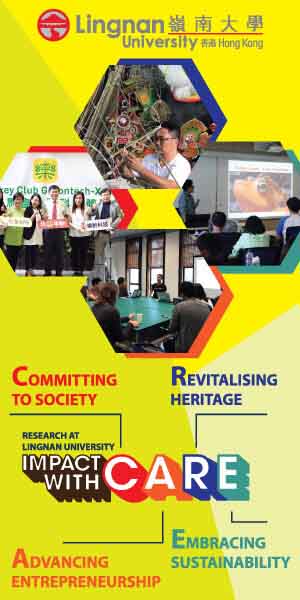
By developing highly efficient energy systems and materials, technological advancements unlock global contributions to climate mitigation
During a session at the 2024 THE Global Sustainable Development Congress in Bangkok, Xi Chen, dean of the School of Interdisciplinary Studies at Lingnan University, discussed numerous successful strategies and techniques to overcome the effects of climate change – starting with carbon emissions and conversions.
With so many carbons, such as carbon dioxide, affecting the climate, it was essential to emit fewer and absorb more from the atmosphere, said Chen. Although natural sources such as plants and trees could absorb carbon from the air, it would take many years to reach carbon neutrality this way, he explained. “Carbon neutrality is essentially a carbon balance” between carbon emission and absorption from the atmosphere, he added.
To reach carbon neutrality, industry must implement the process of carbon capture, utilisation and storage (CCUS), Chen said. This process, he added, involves the capture of carbon dioxide from sources such as power plants and industrial facilities, and its storage or use to prevent the release of carbon into the atmosphere.
Chen gave examples of how carbon dioxide and carbon monoxide could be used effectively. Carbon farming, he told the audience, involved plants absorbing carbon dioxide by means of photosynthesis. This had helped to increase agricultural yields, he explained. Other notable examples include storing carbon in bricks as carbonates and converting carbon into fuel.
Chen said advances in AI had unlocked innovative solutions to closed carbon loops – the process in which carbon dioxide is turned into other forms of carbon compound and then back again. He shared an example of Lingnan’s AI-driven platform. “This is the first professional tool for predicting the use of generative AI platforms for building crystal materials,” said Chen. However, he added that it is essential to equip students with skills to integrate AI into this field of study.
At present, the concentration of carbon dioxide in the air is 420 parts per million (ppm), said Chen. If the concentration level were to surpass 450 ppm, the oceans would become too acidic and threaten the marine ecosystem – leading to, for example, the extinction of the coral reefs.
Through international agreements such as the Kyoto Protocol of 1997, global efforts have been focused on reducing carbon emissions. According to Chen, these efforts are far from enough to reach carbon neutrality, so CCUS must be deployed widely to achieve that goal.
Nonetheless, Chen said that global contributions to overcoming the effects of global warming had had a positive environmental impact. Universities need to develop new industrial opportunities to combat climate change in addition to building strong partnerships with other sectors such as food, agriculture and engineering, he concluded.
The speaker:
- Xi Chen, dean of the School of Interdisciplinary Studies, Lingnan University
Find out more about Lingnan University.



















